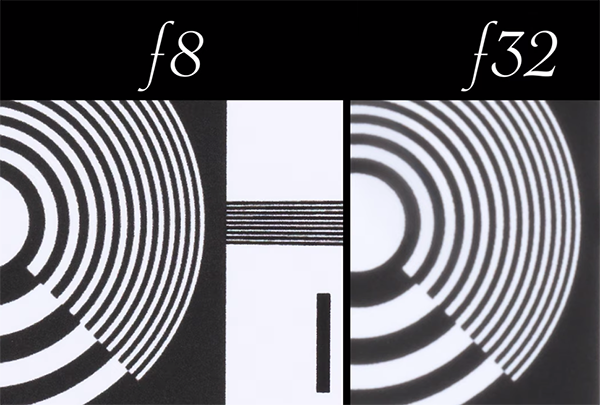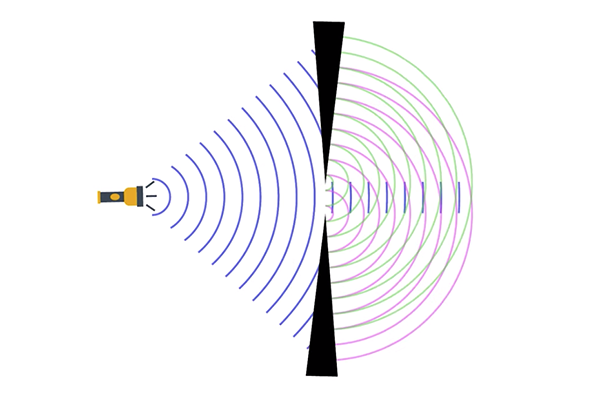Lens Diffraction Can Spoil Photos: Here’s How to Fight Back (VIDEO)
“Lens diffraction” is a term you’ve likely heard before, but do you really understand the concept and how it can impact your photos? If not, it’s time to get up to speed, and this lesson from the Visual Education YouTube channel will do exactly that in less than nine minutes.
Instructor Karl Turner has been a working pro for over 25 years, and he has an uncanny knack for simplifying complex subjects. He begins this enlightening lesson with a blunt warning: “Diffraction is the mother of all lens problems.” Now do we have your attention?
In this brief but comprehensive guide Turner provides a complete understanding of everything from the basics of diffraction to its practical implications for lens selection, aperture settings, and sensor size. He also explains how this optical concern impacts sharpness and other key imaging characteristics.

Here’s how Turner defines the concept: “Simply put, diffraction occurs when light waves encounter obstacles, causing them to bend and interfere with each other, and it directly impacts the overall quality of images.” That’s why it’s essential to understand how to mitigate this concern when manipulating various camera settings and shooting parameters to optimize these variables.
Turner doesn’t spend too much time discussing the science behind wave-particle duality and interference patterns, and instead concentrates on practical considerations like how diffraction affects your photos at different aperture settings. Whether you’re a beginners seeking an understanding of essential photographic principles, or an experienced shooter concerned with optimizing image quality, this lesson is a must see.
You’ll also learn a variety of techniques for minimizing the negative attributes of diffraction, such as focus-stacking and more basic post-processing solutions. There are also some interesting insights into how lens manufacturers address this challenging concern.

Bottom line: By unraveling the mysteries of diffraction you’ll be far better equipped to capture exceptional photographs with the best quality possible. After watching this eye-opening lesson take a look at the Visual Education YouTube channel where there’s much more to be found for elevating your skills.
And for another tutorial that begins with an important question, we suggest our earlier post that poses this query: “Should you apply a camera’s crop factor to aperture?” The answer may surprise you.




